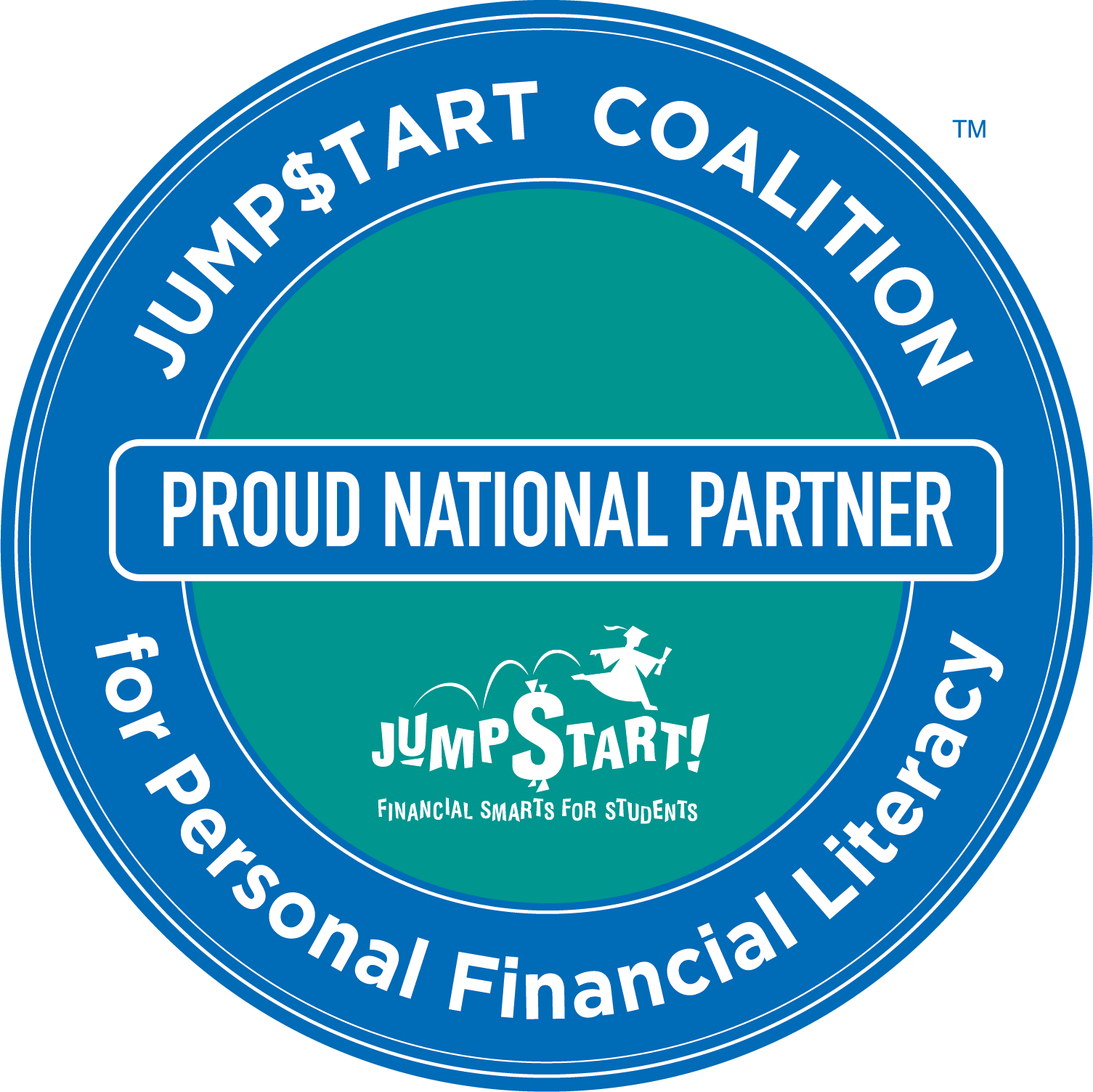Storytelling is a skill in and of itself. Stories are how we, as human beings, have learned to relay lessons through the ages, pass along wisdom or knowledge, and relate to one another over time. We can all relate to stories. We understand them, and once you know the basics of a story — beginning, middle, end, theme, etc. — it can be fairly simple to piece your own together, or to dissect another person’s story to get to the heart of the message.
With that in mind, storytelling can also be a powerful tool in the classroom. If you’re teaching otherwise abstract subjects, like mathematics, it can be difficult for students to grasp, in a practical sense, what is being taught. That’s why we use word problems to help them out: If you take away five apples from a bushel of 250, how many would you have left? — for example.
The same largely holds true when teaching financial literacy or personal finance. For many students, who have yet to start their own financial journeys, hypothetical (or real) stories from their teachers can help add context or perspective to the topic at hand, making it a bit more real or grounded.
Storytelling as a teaching tool
Think about it: If you were teaching students about interest rates, and trying to really drive home how interest rate increases can make, say, buying a home unaffordable for some people, how would you do it? You’d almost be forced to implement some sort of storytelling device to get it through to them, otherwise, it’d probably be confusing and unrelatable.
Researchers have dug into this, too, and found that stories and anecdotes can be helpful in driving understanding. They create interest, and structure, and help students connect with the topic at hand. So, for financial literacy or personal finance teachers, the point is this: You should definitely look at sharing stories with your students to help make the material more relatable.
But what about your own personal stories? There are some obvious reasons that you may not want to get too personal, and maybe you shouldn’t. But it can be helpful to perhaps change the details of your own experiences — names, dates, dollar amounts, etc. — to help you teach the material.
It’ll likely help you, too, more accurately and smoothly relay the information. You’ll have first-hand experience, after all. And that’s what most students lack, and desperately need help contextualizing.
Check out the Money Vehicle textbook — you can find it here on Amazon. And if you like what you see, you can get more content sent directly to your inbox! Sign up for the Money Vehicle Movement Newsletter!
And check out our white paper: “Strategies for Increasing Financial Literacy Rates Among High School and College Students”
More from Money Vehicle:









